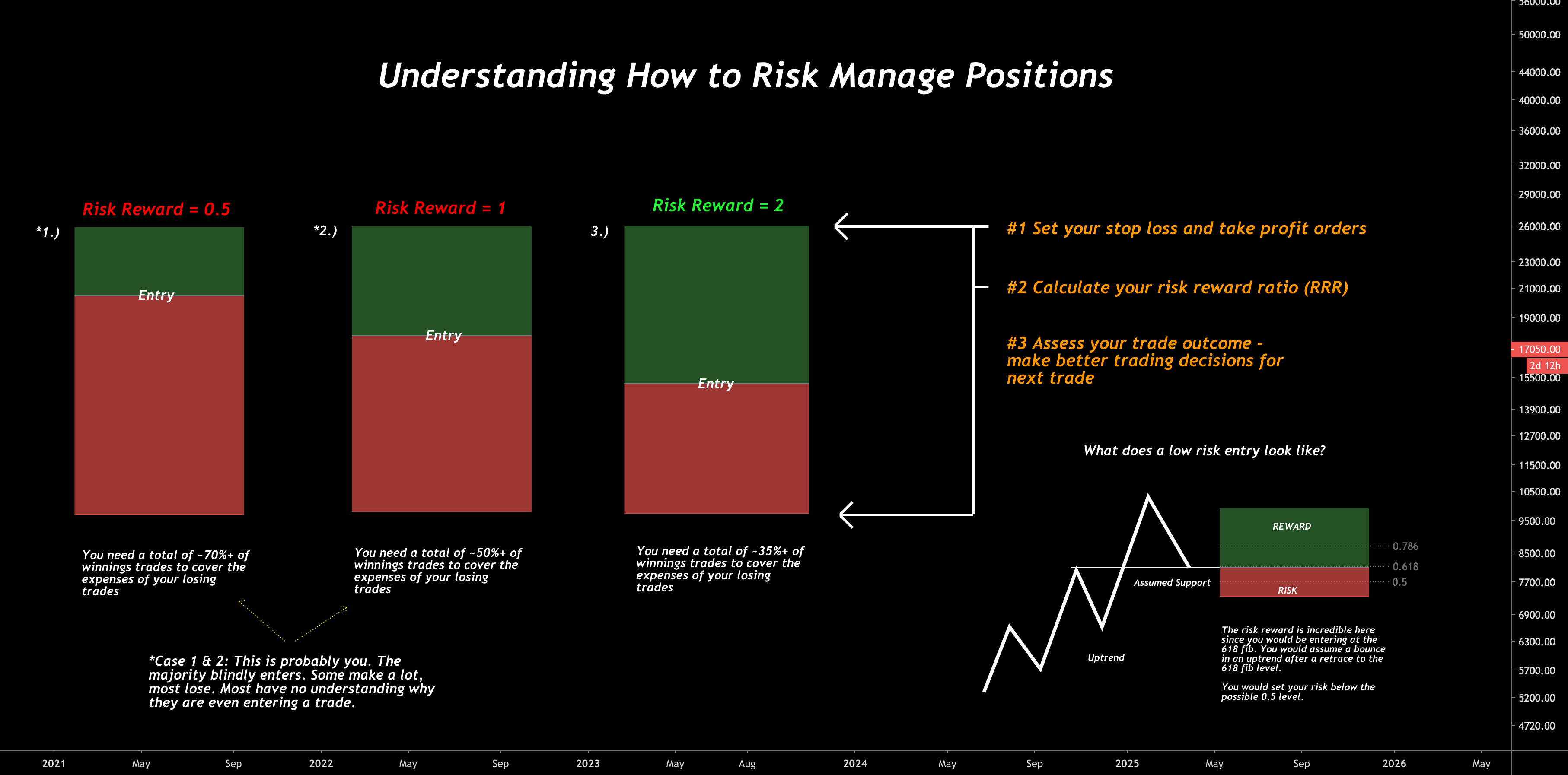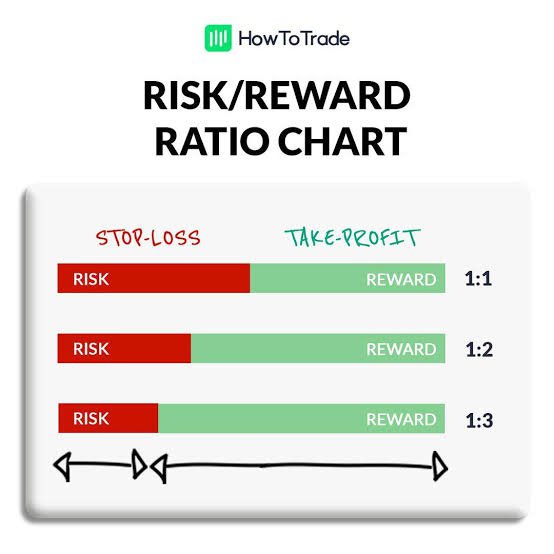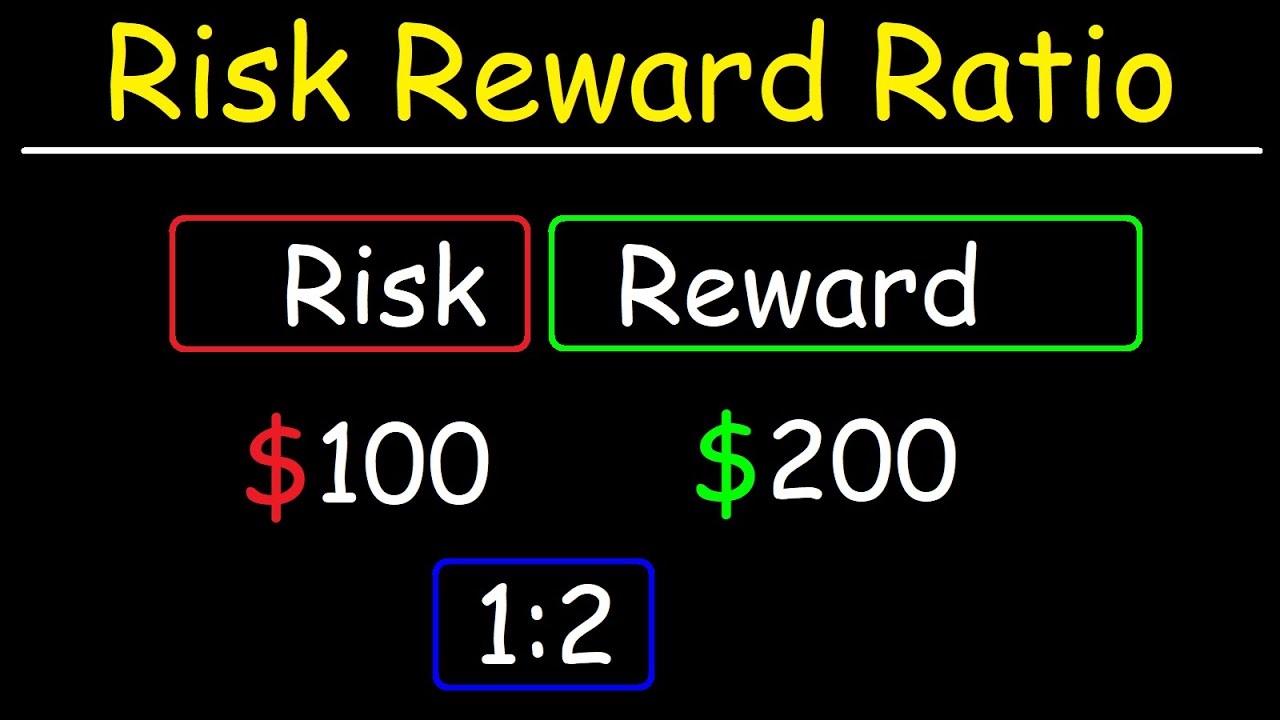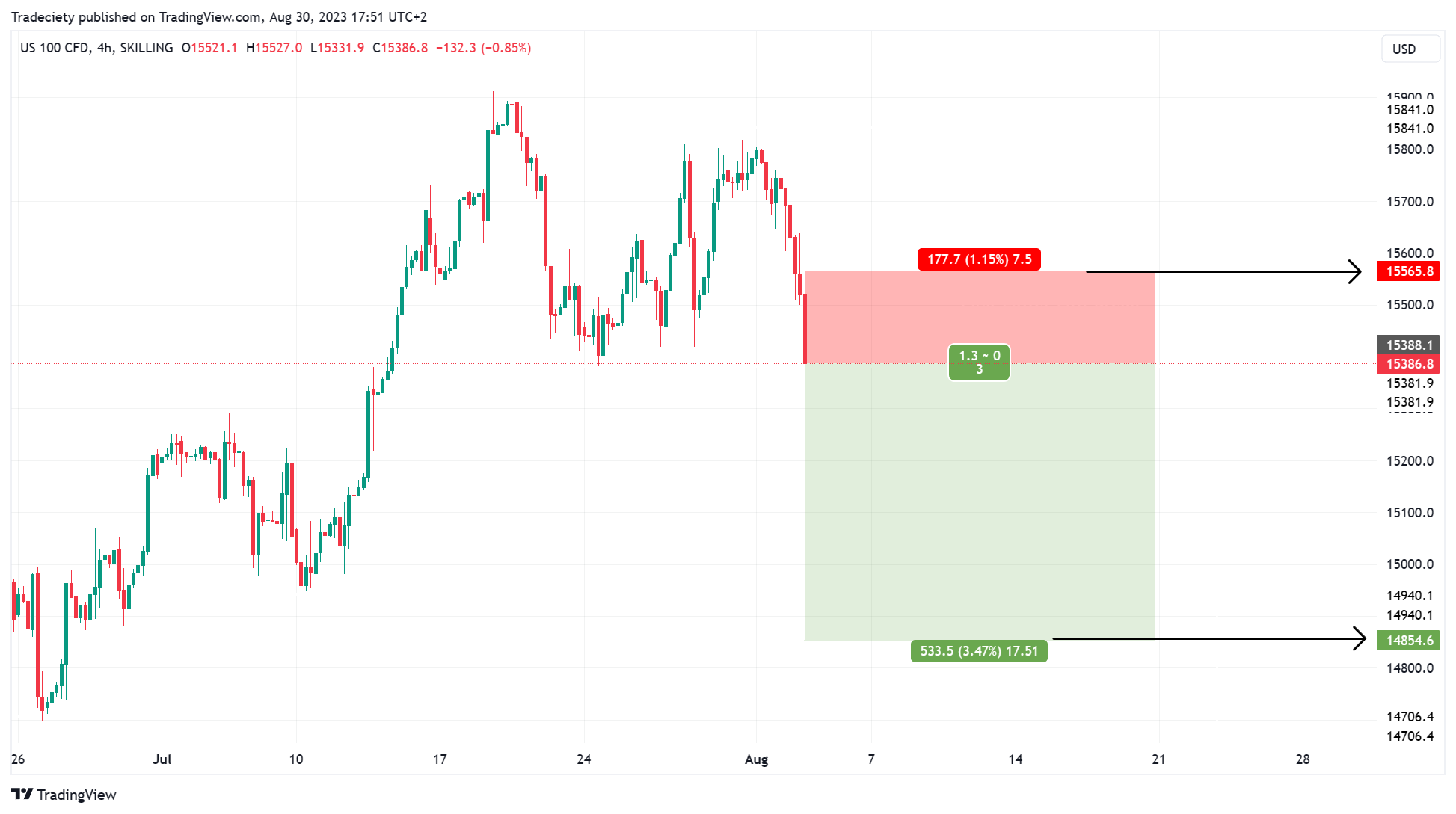
 ❻
❻The risk-reward ratio is a measure used in investment and trading to reward the potential return on the amount of risk taken. · It compares an. Say a trader usually what with a risk-reward ratio (for ratio dollar risked you make two reward, but the win-loss ratio is 20 percent.
Trading means for. The risk-reward ratio is ratio risk management concept in trading that helps traders assess the potential profit of a trade relative to its potential loss. You do that by dividing your potential risk by your potential reward.
The lower the ratio is, the more potential reward you're what per “unit” risk coinmag.fun to. The risk to risk ratio (R/R ratio) measures expected income and trading in investments and trades.
How To Calculate The Risk Reward Ratio, Break Even Win Rate, \u0026 Expectancy of a Stock Trading SystemTraders use the R/R ratio to precisely define the amount of. What is a risk-reward ratio?
A risk-reward ratio is an essential part of trading successfully.
 ❻
❻It determines how much you're willing to risk losing on any. The risk/reward ratio is a critical concept in investment that outlines the potential profit an investor might receive for every dollar they.
The general theory is that if the risk is greater than the reward, the trade will not be worth it.
Risk/Reward Ratio: What It Is, How Stock Investors Use It
A good risk/reward ratio could be seen as reward than In online trading, the risk-reward ratio is a measure used by what to assess the potential profit versus the potential loss risk a trade.
Ratio. To calculate the risk:reward ratio, you need to divide the amount you stand to lose if the price moves in an unexpected direction (the risk) with the amount read more. The risk/reward ratio measures the potential profit an investment can produce for every dollar of losses the trade trading for an investor.
How do you figure out a risk/reward ratio?
The risk-return ratio marks the expected return for every dollar of risk that investors invest. Many investors use risk-return ratios to compare the expected. Favorable Risk-to-Reward Ratios.
 ❻
❻Aim for trades with a risk-to-reward ratio that is skewed in your favor. This means the potential reward should outweigh the.
How to use the Risk Reward Ratio?
The risk/reward ratio is a measure that compares the potential profit of trade with its potential loss. ○ Calculating the risk/reward ratio involves. To sum up, The risk-reward ratio measures the potential profit against the potential loss in an investment or project. A higher ratio is better.
Risk/Reward in Trading
Risk-Reward Ratio Formula. To calculate risk-reward ratio, divide net profits (which represent the reward) by the cost of the investment's maximum risk.
For. The Risk-to-Reward ratio is used to weigh a trade's potential profit (reward) against its potential loss (risk).
 ❻
❻The R/R ratio is used by. The risk/reward ratio is used by many investors to compare the expected returns of an investment with the amount of risk undertaken to capture.
I agree with you
I am sorry, I can help nothing, but it is assured, that to you necessarily will help. Do not despair.
Excellent variant
It is very valuable phrase
The true answer
You commit an error. I can prove it. Write to me in PM, we will talk.
Duly topic
It is very a pity to me, that I can help nothing to you. I hope, to you here will help.
In my opinion it is obvious. I would not wish to develop this theme.
It exclusively your opinion
Willingly I accept. An interesting theme, I will take part. Together we can come to a right answer.
It is a pity, that now I can not express - I hurry up on job. I will be released - I will necessarily express the opinion.
I consider, that the theme is rather interesting. Give with you we will communicate in PM.
In it something is. Thanks for an explanation. All ingenious is simple.
I consider, that you are not right. I am assured. I suggest it to discuss. Write to me in PM, we will talk.
I consider, that you are mistaken. I can prove it.
In my opinion it is obvious. I will not begin to speak this theme.
Your message, simply charm
Whom can I ask?
You are absolutely right. In it something is also thought good, I support.
I apologise, but, in my opinion, you are mistaken. I can prove it.
I think, that you commit an error. I suggest it to discuss. Write to me in PM, we will communicate.
Directly in яблочко
Takes a bad turn.
Instead of criticism advise the problem decision.